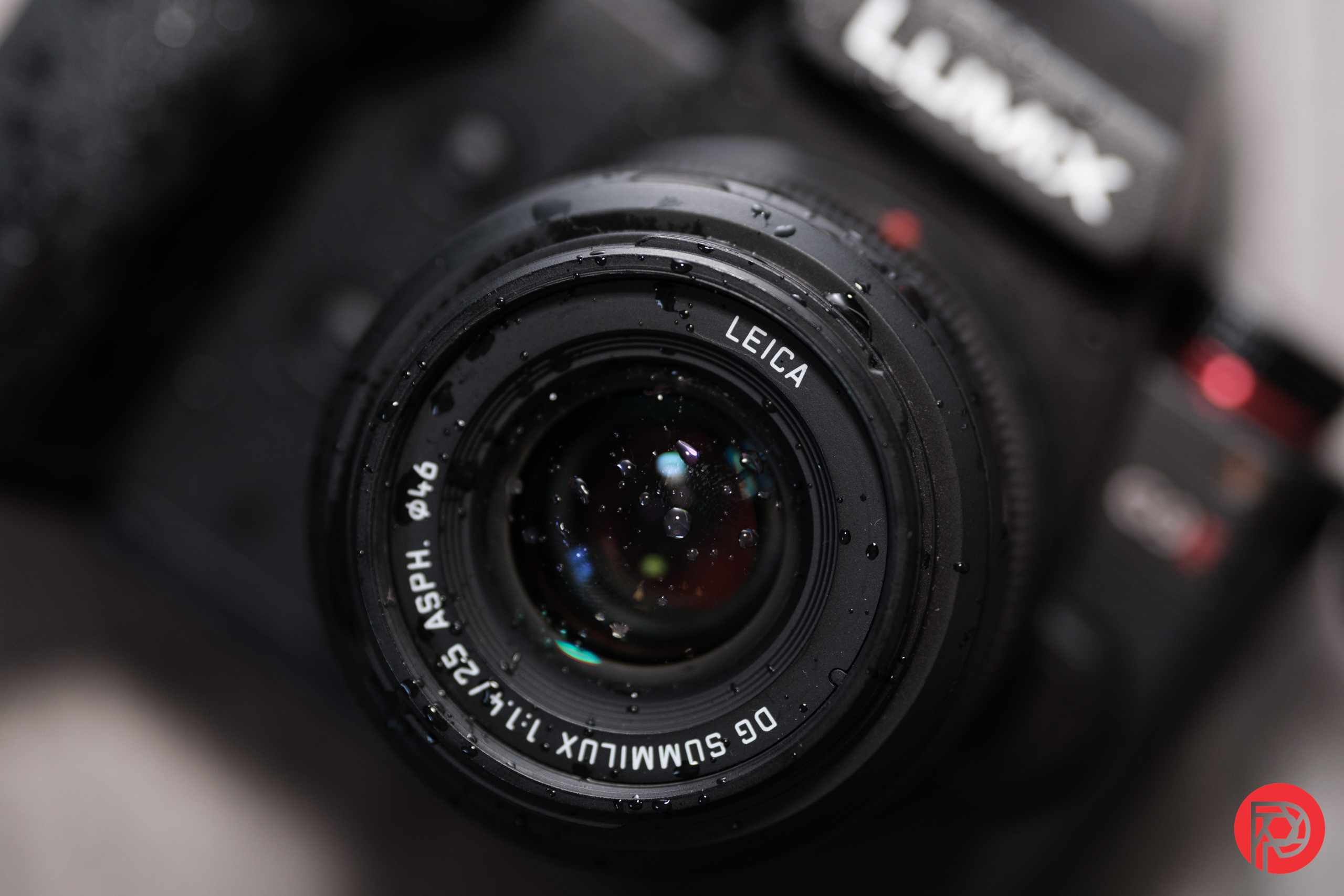
Is that YouTube video real, or simply an elaborate deepfake? To help people find out, YouTube is requiring users to disclose if their videos contain AI-generated effects, including voice cloning and face swapping. The Google video-sharing platform has begun rolling out the new disclosure requirement to YouTube creators after previously introducing it back in November to address the threat of AI-generated misinformation. “Viewers increasingly want more transparency about whether the content they’re seeing is altered or synthetic,” YouTube wrote in a blog post on Monday.
(YouTube)
The disclosure rule means eligible videos will be tagged with a label that’ll say “altered or synthetic content” to viewers watching the clip. Users will then be able to click the label to learn what parts of the video were digitally generated. YouTube created the new rules to tackle videos that can make “a real person appear to say or do something they didn’t do” or alter footage of a real event. Along with voice cloning and face swapping, videos that also feature AI-generated music fall under the new disclosure rules.
(YouTube)
Expect the labels to roll out across YouTube in the coming weeks. “For most videos, a label will appear in the expanded description, but for videos that touch on more sensitive topics — like health, news, elections, or finance — we’ll also show a more prominent label on the video itself,” YouTube added. If video creators ignore the disclosure rule, then YouTube warns it could crack down on them. “Creators who consistently choose not to disclose this information may be subject to penalties from YouTube, including removal of content or suspension from the YouTube Partner Program,” the video platform said in a support document.
Recommended by Our Editors
“In some cases, YouTube may add a label even when a creator hasn’t disclosed it, especially if the altered or synthetic content has the potential to confuse or mislead people,” YouTube added. Still, video uploaders will only need to disclose the AI-generated techniques if they were used to create “realistic content,” or “content a viewer could easily mistake for a real person, place, or event,” YouTube said. For example, using CG effects to make a person ride a unicorn or place them in outer space would be free from using the label since the fakery is obvious. “We’re not requiring creators to disclose content that is clearly unrealistic, animated, includes special effects, or has used generative AI for production assistance,” YouTube added. The production assistance includes using AI for color adjustment, caption generation and creating the scripts.
(YouTube)
Get Our Best Stories!
Sign up for What’s New Now to get our top stories delivered to your inbox every morning.
This newsletter may contain advertising, deals, or affiliate links. Subscribing to a newsletter indicates your consent to our Terms of Use and Privacy Policy. You may unsubscribe from the newsletters at any time.






